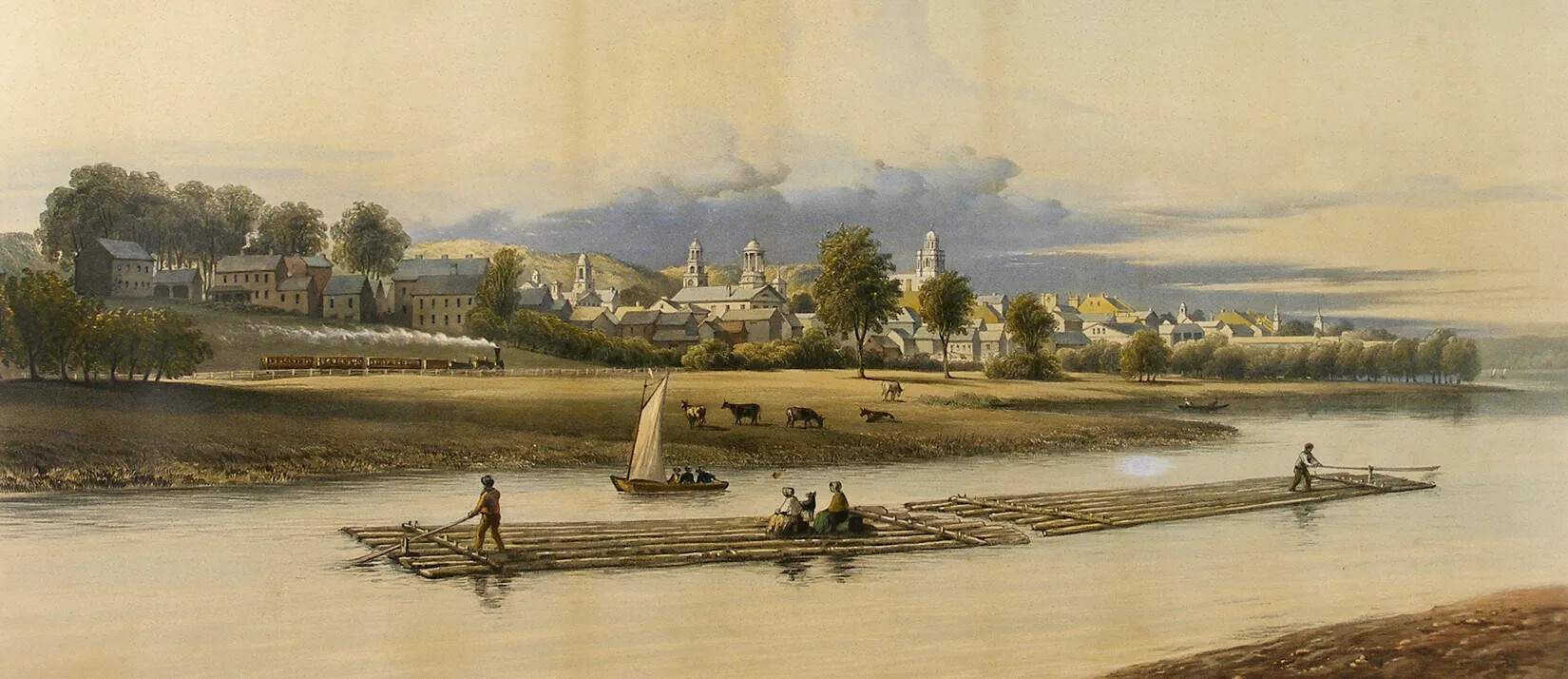The American Revolution ended in 1783, and the year after that, New Hampshire adopted its own constitution and created a state government. By then, towns were established throughout southern New Hampshire, and thousands of people lived in the state. But what kind of state would it be?
During these years, the people of New Hampshire began to feel connected to one another in a way they hadn’t been before. They began to look beyond their own towns and understand that New Hampshire was bigger than any region. They developed transportation networks that linked communities together. They bought and sold goods from each other. And they started to build mills and factories that would change the way people earned their living, even though most people were still farmers in these years. The people of New Hampshire also began to understand that they were all linked to one another because they lived in the same state.












